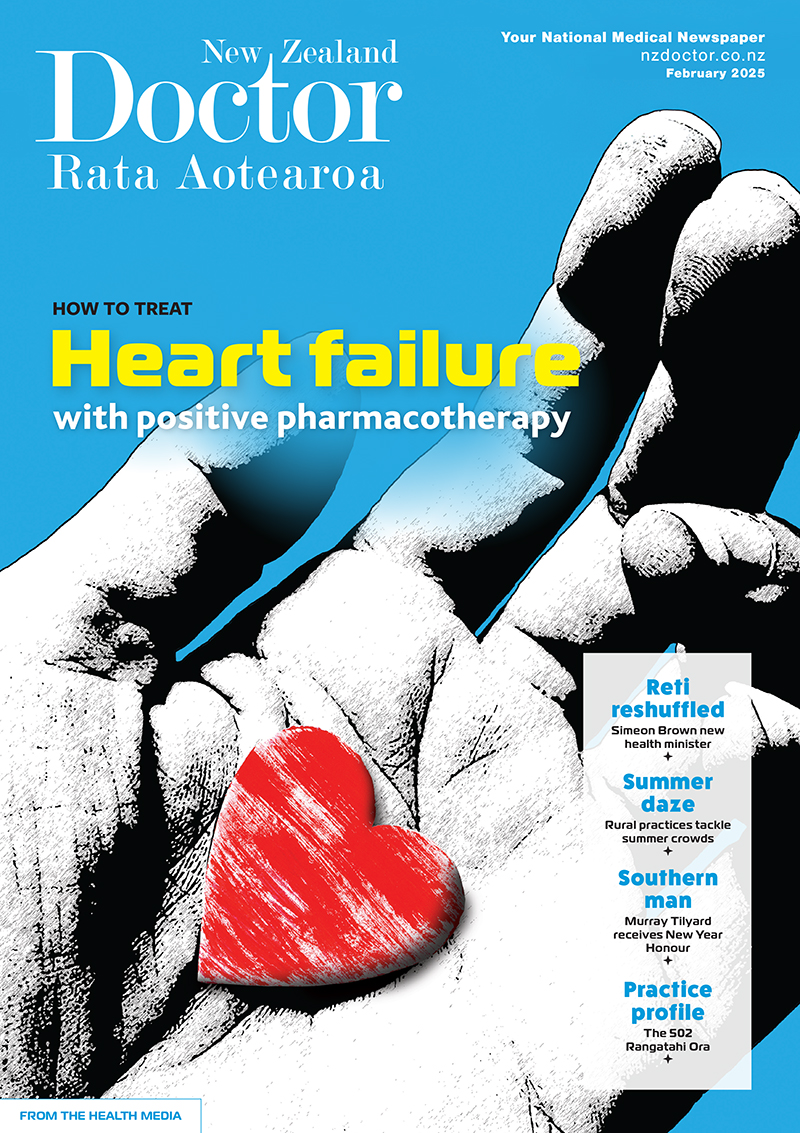Pharmacist prescribers Linda Bryant and Leanne Te Karu discuss positive polypharmacy for heart failure. Current evidence shows the intensive implementation of four medications offers the greatest benefit to most patients with heart failure, with significant reductions in cardiovascular mortality, heart failure hospitalisations and all-cause mortality
Māngere community weaving the way forward: Tamariki to plant harakeke for Safe Sleep day
Māngere community weaving the way forward: Tamariki to plant harakeke for Safe Sleep day
Weaving experts, community leaders and Hāpai te Hauora are coming together with students from Māngere Bridge school to plant a pā harakeke (plantation of harakeke) during Safe Sleep Week. The National SUDI Prevention Coordination Service from Hāpai Te Hauora will support whānau, weavers and communities within the area of Counties-Manukau District Health Board (DHB).
The Counties Manukau community, like many others across Aotearoa where Māori and Pacifica reside, is disproportionately affected by Sudden Unexplained Death in Infants (SUDI). Hāpai Te Hauora supports solutions which draw on the identity of indigenous nations to change the inequity experienced these groups.
As the wahakura begins with the pā harakeke it is necessary that communities come together to understand how we can all support Māori health initiatives which foster and nurture tamariki mokopuna. Wahakura have been developed by Māori collectives to ensure that mokopuna have a culturally affirming, sustainable, nourishing and safe space to sleep. Wahakura are informed by Māori ancestral knowledge and practices which are fundamentally tied to our reciprocal relationship with our lands. The pā harakeke day seeks to centralise the importance of whānau ora (flourishing whānau) and allow for tamariki to visualise and work within the space of the pā harakeke. It is intended that the tamariki will continue to be nurturers of the pā harakeke and exercise skills of kaitiakitanga.
The idea was inspired by a collective of expert weavers who suggested that we need to continue to plant spray-free pā harakeke to allow for the sustainability of wahakura for the future."The pā harakeke is a metaphor for whānau. Within the plant, the outer leaves of the plant are the awhi rito (parents) and the tūpuna (grandparents/ancestors) which encompass and nourish the innermost leaf, the rito, which is the mokopuna (grandchild). Nurturing the mana and wellbeing of the whānau means that we ensure that mokopuna are protected by its support structure and that is reflected in our harvesting practices where we only take the outermost leaves. Knowledge from our ancestors inform our practices as Māori today not only within the pā, but within our families" says Hinerangi Rhind-Wiri.
"As tamariki mokopuna are our present and future leaders it is necessary to equip them with the skills, knowledge and insights which are inherent within their identity as tāngata whenua. While SUDI is an issue which disproportionately impacts whānau Māori, it is important that we continue to look to ancestral knowledge and Māori driven solutions to achieve better health outcomes not only for Māori but for all nations" says National SUDI Prevention Coordination Manager, Fay Selby-Law.



